The sound suppression system and water deluge play a vital role in mitigating the destructive effects of the intense sound energy generated during rocket launches. The recent comeback of the Falcon Heavy after a three-year hiatus showcased the tremendous power of its 27 Merlin engines, which collectively produced a staggering 5 and a half million pounds of thrust. As one can imagine, the resulting noise level was quite deafening. However, the implications of such high sound energy extend beyond mere auditory discomfort.
The dangers of rocket sound
When a rocket takes off from the launch pad, the engine exhaust expels hot gases into the flame trench, accompanied by an immense amount of sound energy. This energy, combined with the intense heat radiating from the engines, poses a significant threat to the rocket itself and the surrounding structures. In fact, during the era of the Saturn V rocket, NASA measured sound levels of approximately 220 decibels during lift-off. To put this into perspective, such noise levels, if experienced in close proximity to the engines, would not only rupture eardrums but also have fatal consequences.

The first launch of the Space Shuttle, known as STS-1, served as a stark reminder of the destructive potential of sound energy. The sheer power generated by the engines during lift-off was capable of damaging the protective thermal tiles on the solid rocket boosters. Recognizing the need to safeguard both the spacecraft and the crew, NASA had implemented sound suppression systems in previous missions. However, due to the Space Shuttle’s unique shape and its delicate heat shield, the risk of structural damage and jeopardizing the crew’s safety remained a pressing concern.
Water deluge systems
To address these challenges, the sound suppression system, in conjunction with a water deluge mechanism, was devised. The primary purpose of this system is to absorb and dissipate the overwhelming sound energy and heat generated during launch. Water, a highly effective medium for dissipating energy, is deployed strategically to mitigate the potential damage caused by the intense sonic forces. As the rocket lifts off, a deluge of water is released to create a protective barrier between the engines and the launch pad. This curtain of water effectively absorbs the sound energy, reducing its impact on the rocket and the surrounding infrastructure.
Sound suppression system
To address the potential risks associated with the powerful sound energy generated during rocket launches, NASA devised an effective sound suppression system that is still in use today. This system features a prominent water tower strategically positioned at the launch site, serving a crucial role in mitigating the damaging effects of sound waves on the vehicle and surrounding structures.
The primary function of the water tower is to unleash a massive amount of water onto the launch pad within an impressively short timeframe of just 40 seconds. With a staggering volume exceeding 1 million pounds, this deluge of water acts as a formidable barrier against the destructive forces of sound energy.
When the sound waves generated by the rocket engines encounter the curtain of water, a remarkable phenomenon occurs. The interaction between the sound waves and the water results in the formation of air bubbles within the water. These bubbles swiftly contract and experience a substantial increase in temperature, effectively converting the sound energy into heat energy.
This ingenious process not only diminishes the intensity of the sound waves but also diverts the energy away from the rocket and its immediate surroundings. By absorbing and dissipating the sound energy, the water effectively shields the rocket from potential damage that could arise from the immense acoustic forces. Moreover, this mitigation strategy significantly reduces the risks posed to the crew and the launch infrastructure.

Water bags
In addition to the impressive water spray system, NASA employed another innovative approach to further attenuate the shock waves during Space Shuttle launches. Introducing the concept of “water bags,” these specially designed components played a crucial role in dampening the intense acoustic forces generated by the solid rocket boosters (SRBs).
The water bags were ingeniously constructed using durable nylon material, forming large bags approximately one foot wide and one foot deep. These bags were meticulously positioned and stretched across the flame holes of the SRBs, serving as an additional layer of sound suppression.
By filling these bags with water, NASA engineers harnessed their unique properties to effectively counteract the shock waves and mitigate the resulting sound energy. As the shock waves propagated from the fiery exhaust of the SRBs, they encountered the water bags, which absorbed and dissipated the energy in a controlled manner. This dynamic interaction between the shock waves and the water-filled bags contributed significantly to reducing the overall sound levels experienced during a Space Shuttle launch.
Through the combined efforts of the water spray system and the strategic placement of water bags, NASA achieved an impressive reduction in sound intensity. The integration of these two systems successfully lowered the Space Shuttle’s sound level from a staggering 195 decibels to a more manageable 142 decibels, akin to the sound produced by a commercial jet during takeoff.
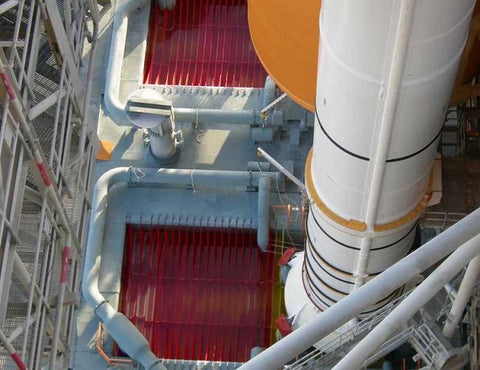
While the water deluge system may operate discreetly during a rocket launch, it is during a sound suppression test that the sheer magnitude of water employed becomes evident. It is somewhat paradoxical that the sound suppression system, designed to mitigate noise, generates its fair share of clamor.
The substantial volume of water discharged onto the launch pad serves a twofold purpose: safeguarding the rocket and adjacent structures from the formidable shock waves generated during liftoff, and quelling any potential fires that may arise from the intense exhaust of the rockets.
Interestingly, SpaceX’s Starship didn’t even use a water deluge system during its early development phases, despite it being the largest and most powerful rocket in the world. The decision to forgo such a system highlights the diverse approaches adopted by different space agencies and companies in tackling the challenges of sound suppression and launch safety.
In contrast, NASA has remained steadfast in its utilization of a water deluge system, which closely resembles the one employed during the Space Shuttle era. This system continues to be implemented across NASA’s primary launch sites, showcasing the agency’s enduring reliance on this tried-and-true approach to mitigate sound energy and protect critical assets.
How the Russians do it
Given that a significant number of Russian Soyuz rockets are launched from the Baikonur Cosmodrome in Kazakhstan, where winter temperatures can plummet to as low as -40 degrees Celsius, the implementation of a conventional water deluge system poses a unique challenge. In such frigid conditions, the water would freeze instantaneously upon contact, rendering the system ineffectual. As a result, the Russian space program has devised an alternative approach to address this issue, one that capitalizes on the environment and specific launch site characteristics.
Rather than relying on a water deluge system, the Russian solution involves suspending the rocket above a considerably larger flame trench. By employing this method, the shock waves generated during liftoff encounter minimal obstructions or structures that could be damaged or reflect the energy back toward the rocket itself.
The rationale behind this approach lies in the principle that by allowing the shock waves to dissipate into a larger open space, the potential for adverse effects on the rocket is significantly reduced. This design consideration takes into account the unique climatic conditions of the launch site and provides an effective means of minimizing the impact of shock waves without relying on a water deluge system.
The utilization of a flame trench, which serves as a conduit for the expulsion of rocket exhaust gases and flame, offers a practical solution that caters to the specific requirements of launches conducted in sub-zero temperatures. By directing the majority of the energy and heat produced during liftoff through the flame trench, the Russian space program effectively mitigates the risks associated with shock waves and their potential to cause damage.

So although rocket science deals with some of the most complex engineering challenges, it’s interesting to see that some problems can be solved with very simple solutions.


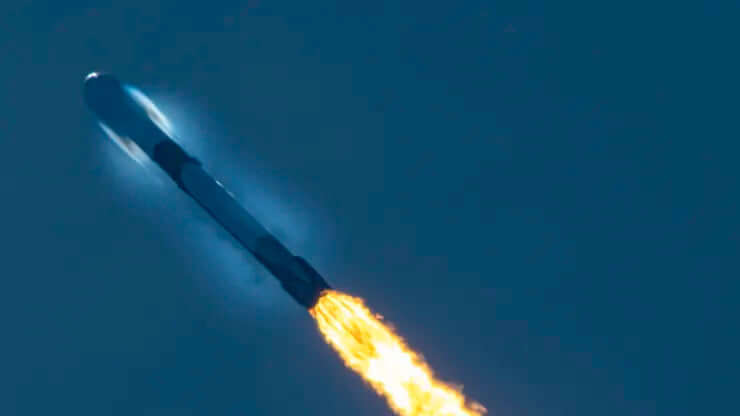
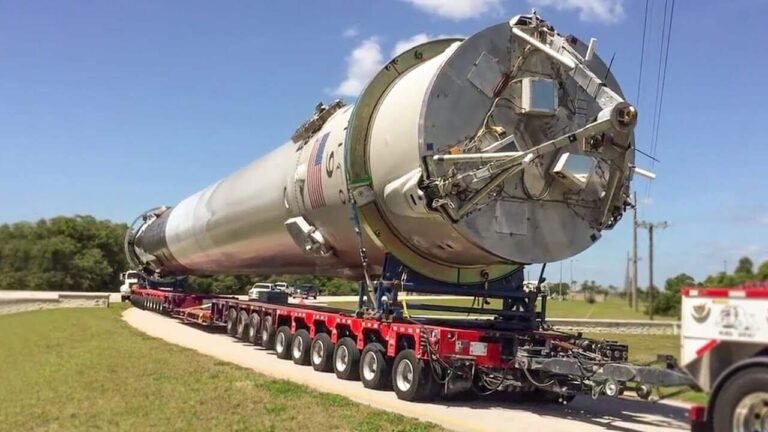
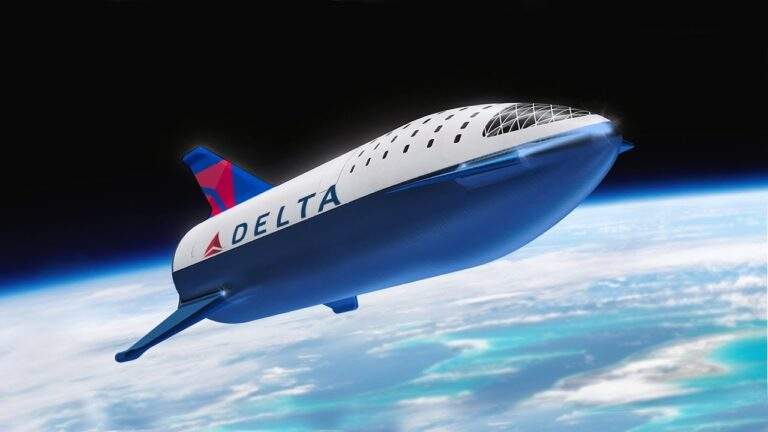


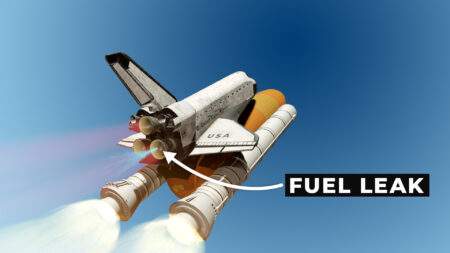



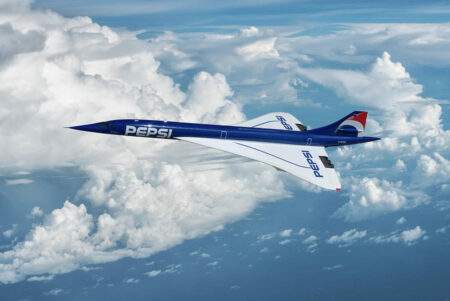
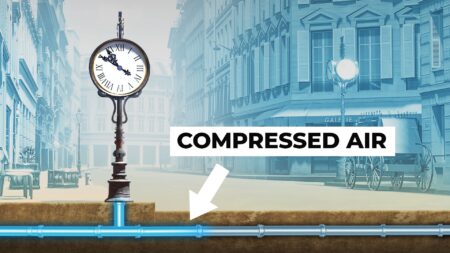
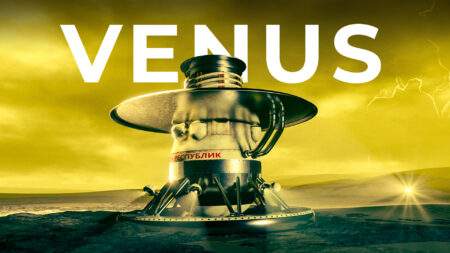
I don’t think the title of your article matches the content lol. Just kidding, mainly because I had some doubts after reading the article.